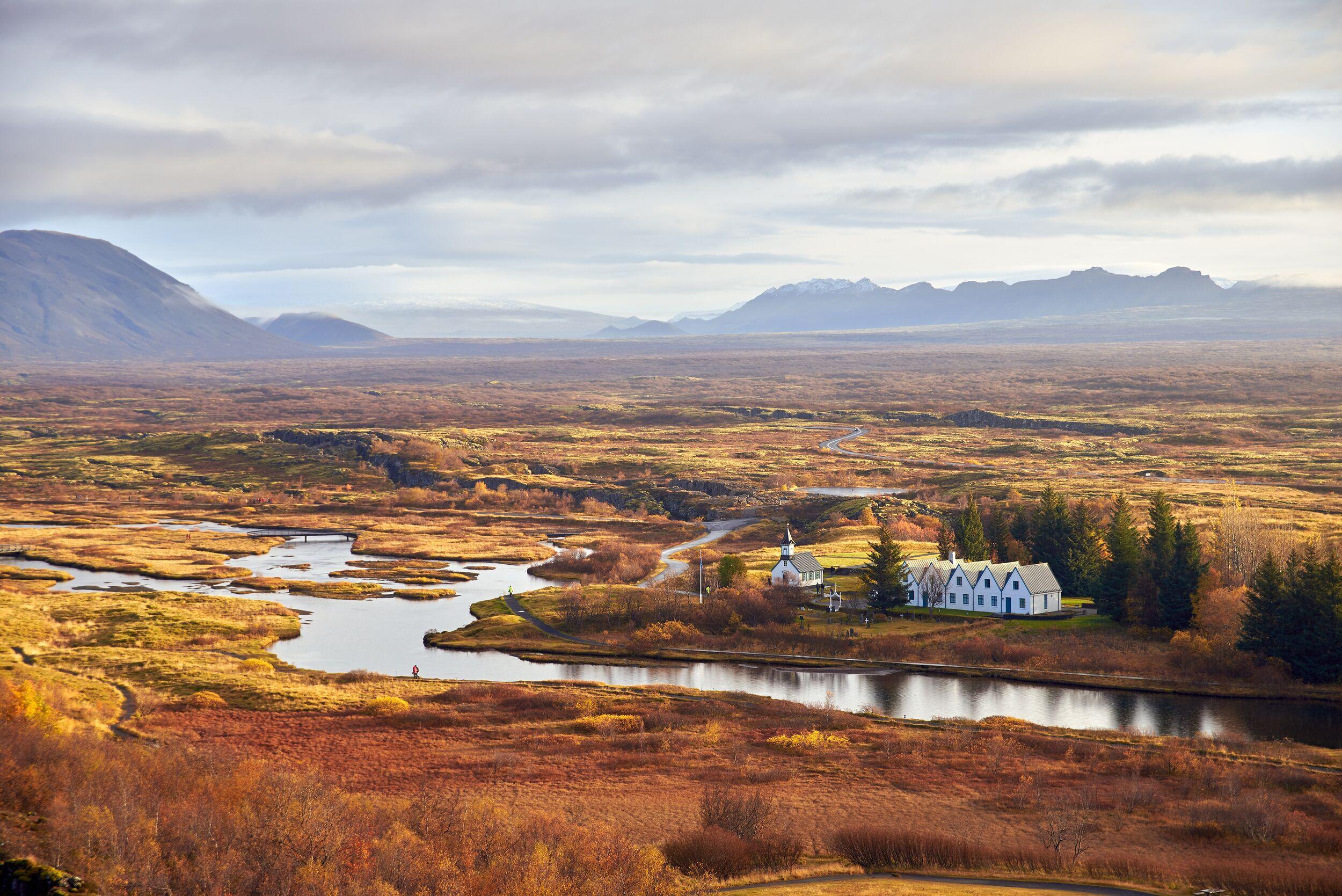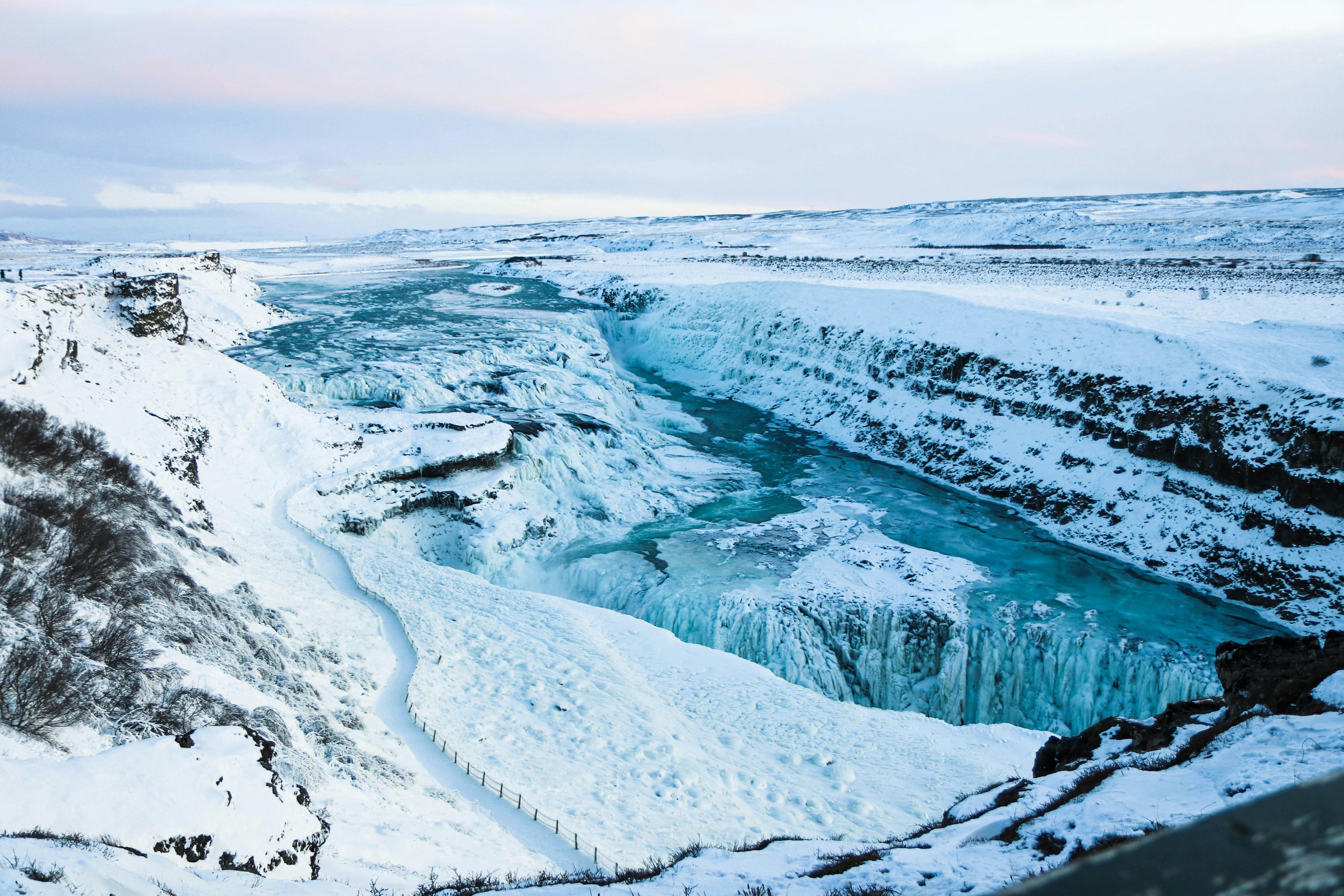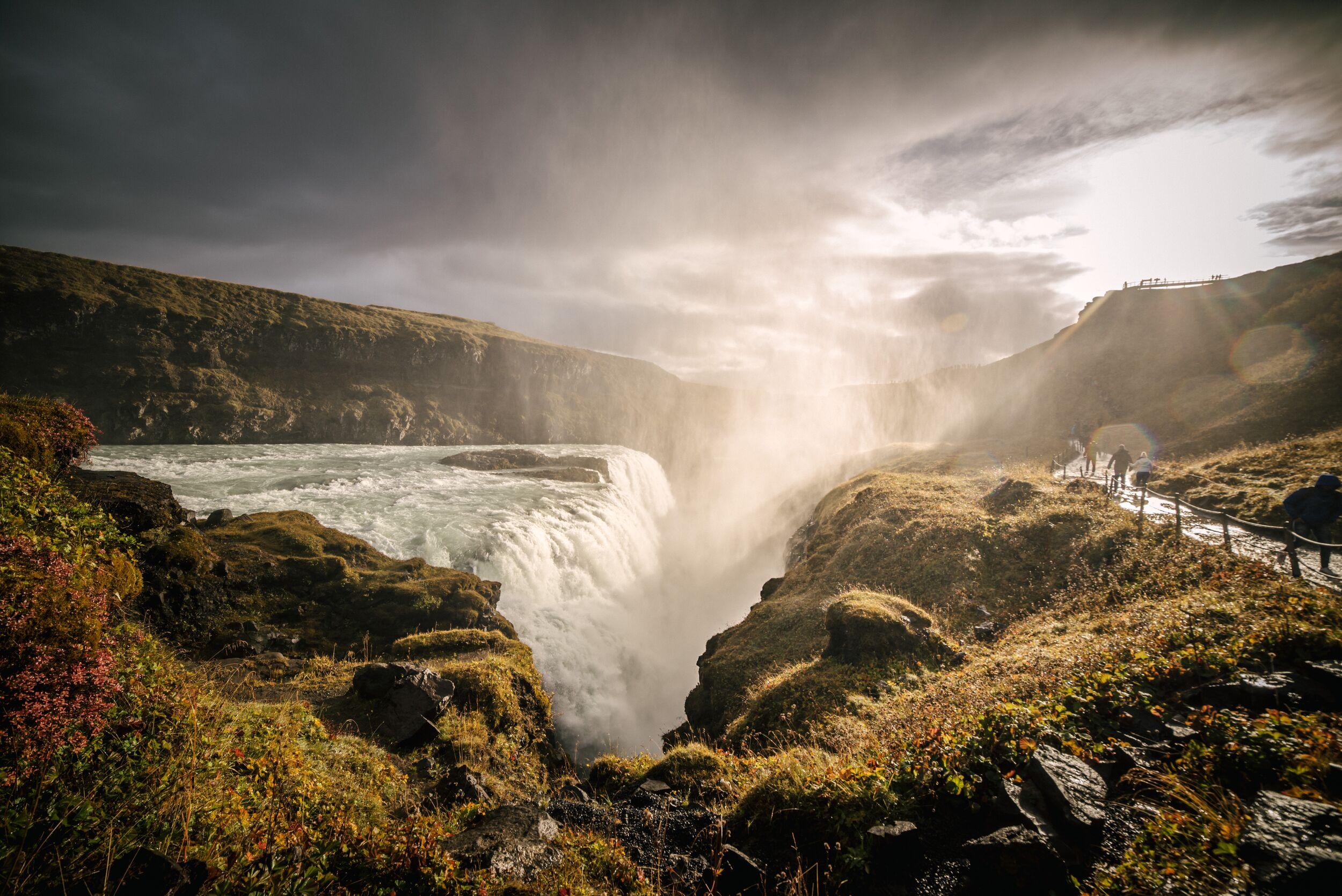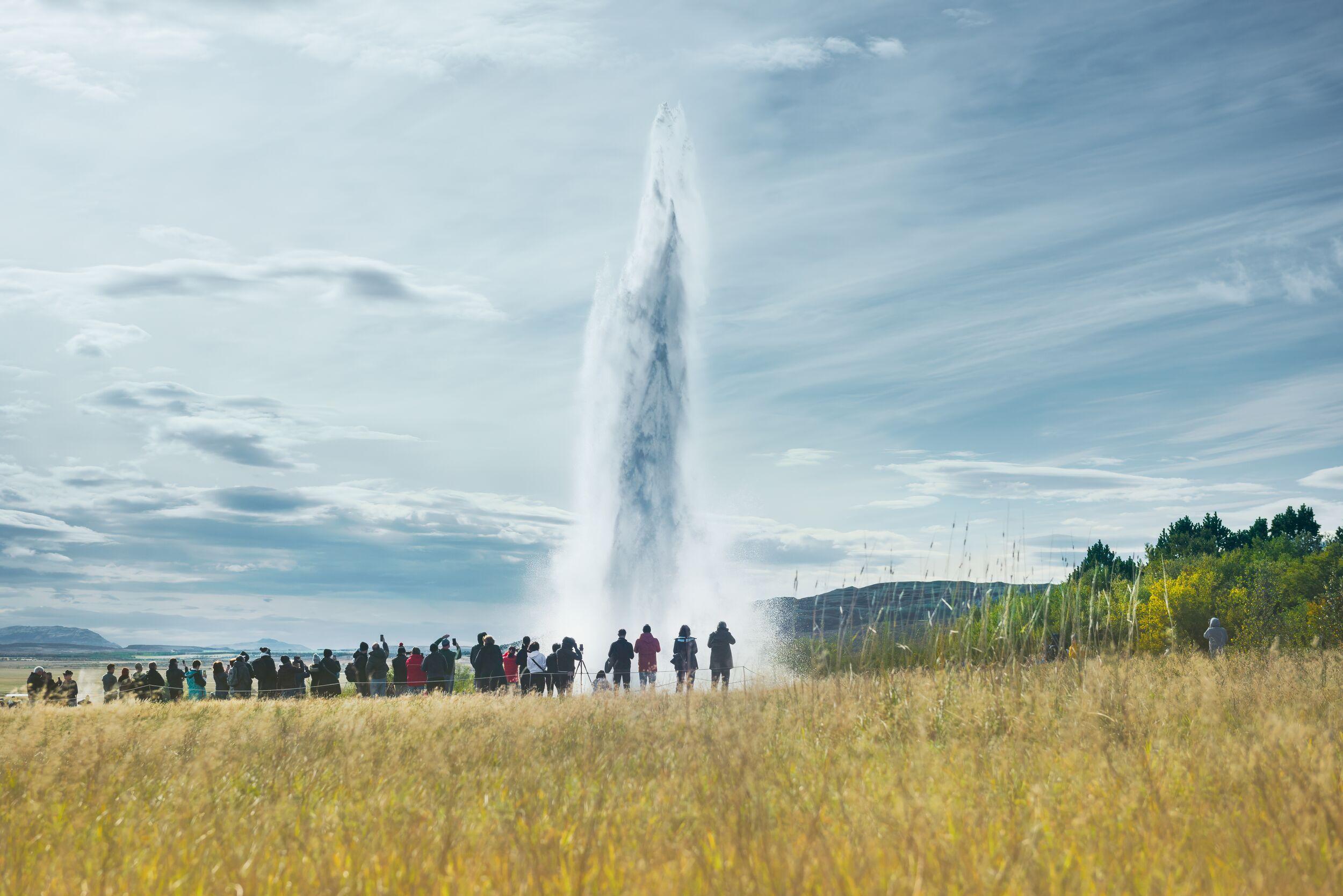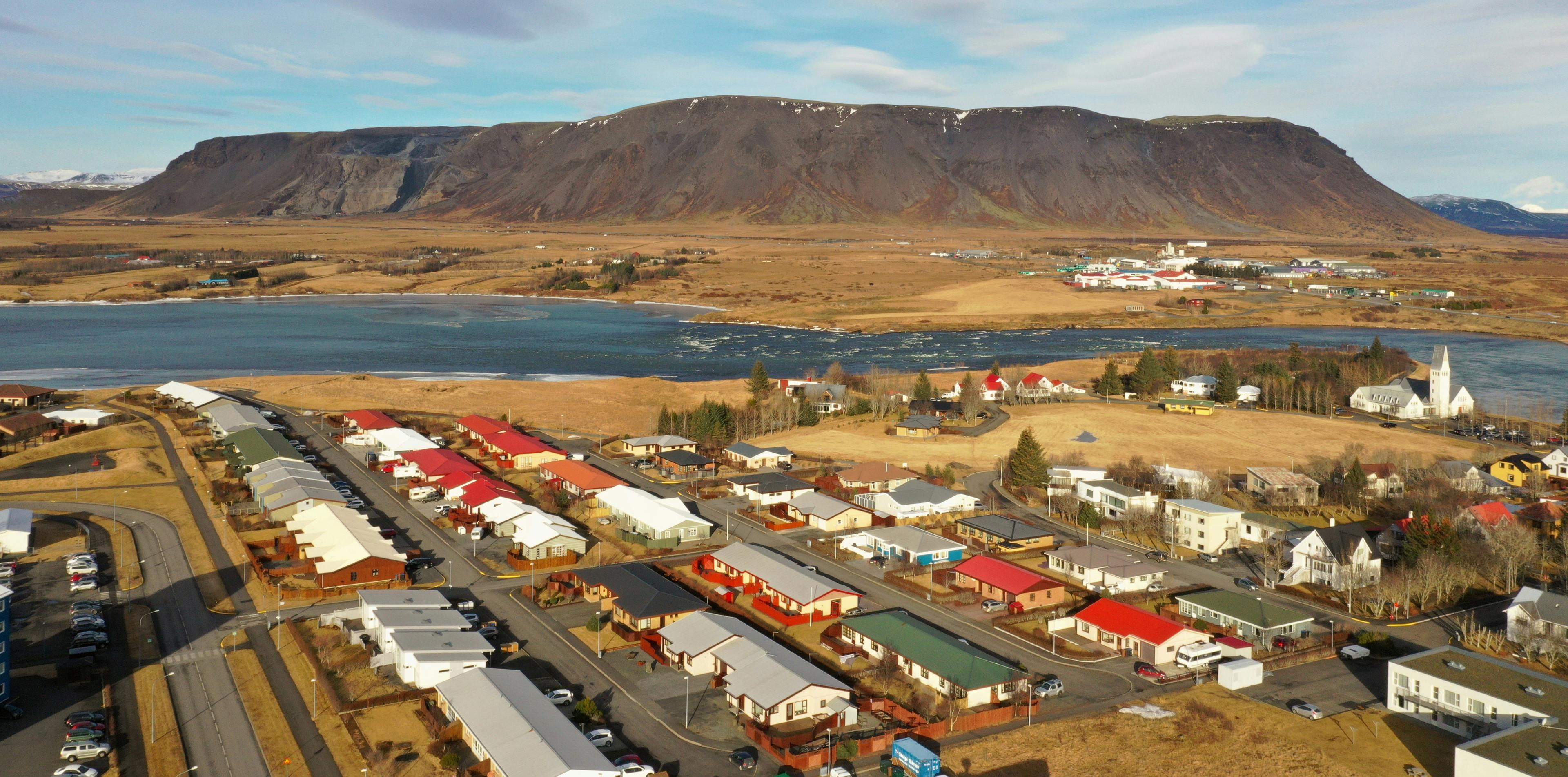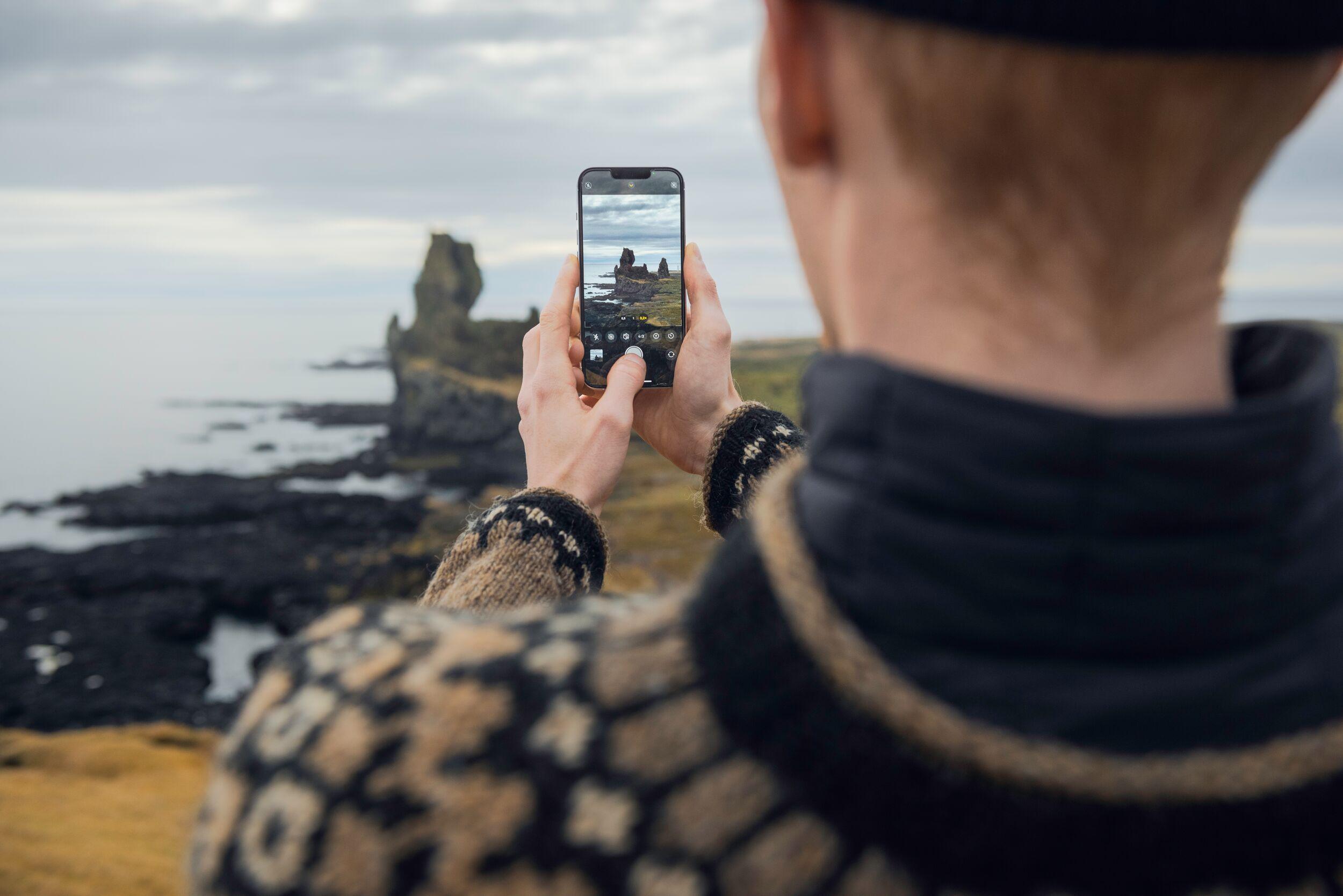Discover the Magic of Thingvellir: Iceland's Historic and Natural Wonder
Thingvellir National Park is not only a site of stunning natural beauty but also a place of deep historical and geological significance. As a key stop on Iceland’s Golden Circle route, this UNESCO World Heritage site offers visitors a unique blend of natural wonders and historical insights. From the dramatic vistas to the crystal-clear waters of Silfra, Thingvellir is a must-visit for anyone travelling to Iceland.
Historical Significance of Thingvellir
Þingvellir is a cornerstone of Icelandic culture and history. In AD 930, the Althing was established here, making it one of the world’s oldest parliamentary institutions. Icelandic chieftains gathered at Þingvellir for centuries to create laws, resolve disputes, and shape the early democratic traditions that define the nation's history.
The primary functions of the Althing in its early years included:
- Law-making: Chieftains, or goðar, would convene to propose and debate new laws. These laws were then recited aloud by the Lawspeaker (lögsögumaður), an elected official who played a crucial role in preserving and transmitting the legal code, as writing was not yet common.
- Dispute Resolution: The Althing served as the highest court of appeal in the land. Disputes between individuals or groups were brought before the assembly, where they were adjudicated by the gathered chieftains and legal experts.
- Social and Political Gathering: Beyond its legislative and judicial functions, the Althing was a vital social event. It provided an opportunity for the dispersed population of Iceland to come together, exchange news, engage in trade, form alliances, and settle personal or clan disputes.
Þingvellir National Park, now a UNESCO World Heritage Site, serves as a living museum where visitors can walk through the same landscapes that witnessed pivotal historical events.
In addition to its historical and geological importance, Þingvellir is also a site of folklore and legends, enriching the cultural tapestry of Iceland. It has inspired countless stories, poems, and sagas that continue to be an integral part of Icelandic identity. Visitors to Þingvellir can explore this rich legacy, gaining a deeper understanding of how the past shapes the present in Iceland.
Þingvellir, where the Viking commonwealth's ancient parliament convened, is arguably Iceland's most significant historical site.
A Geological Wonder
Thingvellir lies within a rift valley that is part of the Mid-Atlantic Ridge, where the Eurasian and North American plates slowly move apart at an average rate of about 2.5 centimetres per year. This vast underwater mountain range stretches from the Arctic to the southern Atlantic oceans.
This process, known as rifting, leads to the formation of fissures, faults, and cliffs, creating a dramatic landscape that visually showcases the forces shaping the Earth's crust.
Thingvellir serves as a natural laboratory for geologists and Earth scientists. The accessibility of the rift valley and its clear demonstration of tectonic processes make it an ideal site for research and education. Studies conducted at Thingvellir contribute to our understanding of plate tectonics, rift dynamics, and the geological history of the Earth.
The Mid-Atlantic Ridge is one of the most significant geological features on Earth, and Thingvellir represents one of the few places where it is visible above sea level.
Attractions in Thingvellir
Lake Þingvallavatn
Lake Þingvallavatn, the largest natural lake in Iceland, lies at the heart of Thingvellir. This lake is renowned for its crystal-clear waters, which are fed by underground springs.
The lake’s unique ecosystem supports a variety of fish, including the native brown trout and Arctic char, making it a popular spot for fishing. Surrounding the lake are numerous hiking trails that offer spectacular views and peaceful encounters with nature.
The Althing: Iceland’s Ancient Parliament
Thingvellir is historically significant as the site of the Althing, the oldest existing parliament in the world, established in 930 AD. Here, chieftains once gathered to make laws and settle disputes, setting the foundations for modern Icelandic governance.
Visitors can explore the remains of the Althing site, including the Lögberg, or Law Rock, where the lawspeaker would proclaim the laws to the assembled crowd. This area is a must-visit for anyone interested in the roots of democracy.
Walking the Mid-Atlantic Ridge
One of the most striking features of Thingvellir is its position on the Mid-Atlantic Ridge, where the Eurasian and North American tectonic plates are slowly drifting apart. The park offers a rare opportunity to walk between two continents, a truly awe-inspiring experience.
The Rift Valley is marked by dramatic fissures, cliffs, and ravines, the most notable being the Almannagjá gorge. This massive rift offers breathtaking views and starkly reminds us of the powerful geological forces shaping our planet.
Öxarárfoss Waterfall
Another highlight of Thingvellir is the Öxarárfoss Waterfall, a stunning cascade that flows from the river Öxará over the park’s volcanic rocks. The waterfall is accessible via a short walk from the park’s main area.
It is particularly impressive in winter when the surrounding rocks and foliage are coated in ice and snow. This spot is beautiful and historically significant, as the river was diverted in the 9th century to provide water for the Althing assemblies.
Thingvellir Church and the Prime Minister’s Summer Residence
Visitors should not miss the Thingvellir Church and the nearby Prime Minister’s summer residence, which are located within the park. The church, initially built in the 11th century and rebuilt several times since, stands as a serene testament to Iceland’s Christian heritage. Nearby, the charming summer residence, used for official government functions, is set against a backdrop of stunning natural beauty.
Popular Activities in Thingvellir
Silfra Fissure Diving
Experience the thrill of diving in the Silfra fissure, where you can float between two continents. The water in Silfra is some of the clearest in the world, offering over 100 metres of underwater visibility. Diving tours are available, providing all the necessary equipment and guidance for a safe and unforgettable underwater adventure. It is not possible to dive or snorkel without a guided tour.
Hiking and Sightseeing
Thingvellir offers a variety of hiking trails that cater to all fitness levels, showcasing the park’s beautiful landscapes and historical sites. Notable points include the Althingi, the site of Iceland’s ancient parliament, and the majestic Öxarárfoss waterfall.
Photography
The unique landscapes and historical structures make Thingvellir a photographer’s paradise. Capture the striking contrast between the park’s rugged tectonic cliffs and serene natural beauty.
Snorkelling or diving in Silfra fissure, with the longest underwater visibility on Earth, feels like soaring through liquid glass.
Practical Information
Parking
There are several parking areas throughout the park, with the main ones located near major attractions like the visitor centre and Silfra. Parking fees are used to maintain and improve the park’s facilities.
Distance from Reykjavík
Thingvellir is conveniently located about 45 kilometres northeast of Reykjavík, making it an easy 45-minute drive. It’s an ideal day trip for those staying in Iceland’s capital city.
Best Time to Visit Thingvellir
To experience Thingvellir at its best, consider visiting in the early morning or late afternoon when the light is most favourable for photography. The park is open year-round, but each season offers a different experience—from summer’s lush greenery to winter’s snowy wonderland.

The visitor centre at Thingvellir is a great starting point for your visit. It offers extensive information about the park’s history, geology, and trails. The centre also has facilities, including restrooms and a café, to ensure a comfortable visit.
Thingvellir on the Golden Circle Route - Guided Tours
Thingvellir National Park is part of the Golden Circle, Iceland’s most famous tourist route, featuring some of the country’s most stunning and iconic natural landmarks.
Spanning approximately 300 kilometres and looping from Reykjavík into central Iceland and back, the route includes key attractions such as Thingvellir, the Geysir Geothermal Area, and Gullfoss Waterfall.
While self-driving this popular circuit is a common choice for many visitors, opting for a guided tour can significantly enhance your experience. Guided tours add immense value through the knowledge and expertise of local guides.
Our experts navigate effortlessly and enrich your journey with historical facts, geological information, and cultural insights that you might miss when driving yourself. For instance, a guide can explain the historical significance of Thingvellir, where the ancient Icelandic parliament was established, making the site much more than just a visual treat.
Additionally, opting for a guided tour means sitting back, relaxing, and enjoying the scenery without the stress of navigating foreign roads or managing travel logistics.
Tours often include comfortable, climate-controlled buses or minibuses that pick you up and drop you off at your accommodation. This convenience is particularly appealing in Iceland’s unpredictable weather, where driving conditions can change swiftly and dramatically.
Driving in Iceland can be challenging, especially for those not accustomed to icy roads or sudden weather shifts. Guided tours take the pressure off by putting you in the hands of experienced drivers who are trained to handle Iceland’s unique driving conditions. This means you can enjoy your trip without worrying about road safety or the stress of driving in snow and ice.

Icelandia tours are carbon neutral, ensuring our operations do not contribute to carbon emissions. We offset any remaining emissions by investing in renewable energy projects, making our tours a responsible choice for eco-conscious travelers.
Environmental Consideration
Guided tours can also be more environmentally sustainable. Traveling in a group reduces the number of vehicles on the road, which can help minimize the environmental impact in these often delicate natural areas.
Tour guides ensure that tourists respect the local environment, adhering to established paths and regulations designed to preserve Iceland’s pristine landscapes.
Cost-Effectiveness
Finally, guided tours can sometimes be more cost-effective than self-driving, especially when you consider the costs associated with renting a car, purchasing insurance, fuel, and possibly even GPS or Wi-Fi services. Tours include entrance fees to certain attractions or parks, and some include meals, further reducing your out-of-pocket expenses.
Thingvellir National Park offers more than just beautiful landscapes and outdoor activities; it is a gateway to understanding Iceland’s soul. From its ancient historical sites to its dynamic geological features, Thingvellir encapsulates the essence of Iceland’s past and present.
Whether you are walking through the Rift Valley, diving in the Silfra fissure, or simply soaking in the views at Lake Þingvallavatn, Thingvellir promises an enriching and unforgettable adventure.
Questions and Answers about Thingvellir
Driving: As it is quite close to Reykjavík, you can easily drive to Þingvellir National Park yourself. Follow the Route One ring road out of the city for 17 kilometres and then turn onto Road 36 until you reach the park’s main car park about 30 kilometres later. Although the roads are paved and ploughed every day when it snows, driving can be challenging for those not used to blizzard conditions in winter.
Guided tours: Þingvellir is a key highlight of every Golden Circle tour, typically serving as either the first or last stop. Most tours allocate sufficient time for visitors to walk between the tectonic plates and admire the breathtaking views from the viewing path.
Þingvellir National Park is in the southwest of Iceland, where the North American and Eurasian continental plates meet. It is often the first stop on the route of the Golden Circle from Reykjavík.
There is no fee to enter Þingvellir National Park. However, if you are driving there yourself, please bear in mind that you’ll have to pay to use the car park. Using the restrooms is free and the visitor’s centre is also free. However, you might want to buy refreshments in the café or perhaps do some shopping in the gift shop.
Most people are attracted to Almannagjá – the rocky fissure that scars the landscape at Þingvellir, where two continental plates meet and create twisting rock formations. You can walk through the ravine and spot waterfalls along the way. You’ll also find pretty Öxarárfoss waterfall within the national park which has a viewing platform, and the equally beguiling Þórufoss. Within the park, you can visit Þingvallakirkja – a wood-clad church, typical of Iceland – and the Lögberg rock where a flag marks the former spot of Iceland’s first parliament. Hiking trails snake across the ancient landscape of the park and there’s an opportunity to dive or snorkel between the tectonic plates at Silfra.
Geysir area of geothermal activity, where you can see the impressive Strokkur geyser erupt like clockwork, is also on the route of the Golden Circle but it is not in Þingvellir National Park. Geysir is around 55 kilometres away from Þingvellir.
When visiting Þingvellir, you’ll no doubt be spending most of your time outdoors – walking through the continental fissure, following the hiking trails and spotting waterfalls along the way. Iceland’s weather can be unpredictable, even in the summer months, so dressing for all eventualities is a good idea. A waterproof coat and sturdy, waterproof hiking boots are essential. In summer, a breathable t-shirt and light jumper should have you covered and in winter, you’ll want to wrap up warm with a fleece or woolly jumper, hat, scarf and insulated gloves.
The ‘Þ’ in Icelandic sounds like a ‘th’ sound in English. So, Þingvellir is pronounced ‘thingvellir’ and you will sometimes see it spelt ‘Thingviller’ in guides, online and in books.
In terms of season, the best time to visit Þingvellir National Park is between May and October when the weather is clear and you can experience long hours of daylight. This is the best time of year to enjoy the national park’s hiking trails and the calmer weather makes diving or snorkelling at Silfra an easier experience. The park is still open in winter and, forty-five minutes away from the lights of Reykjavík, you can drive here to witness the Northern Lights dancing against the night sky. The lakes and marshes reflecting the ethereal green lights make this one of the most beautiful places to spot the aurora. In terms of time of day, the best time to visit Þingvellir is early in the morning or later in the evening. The park’s close proximity to Reykjavík means it does get busy during the peak hours in the middle of the day.
During the winter months, you’ll often see Þingvellir National Park dusted with snow and there is something magical about the volcanic black rock of the Almannagjá fissure contrasting with the glowing white powder. Þingvallakirkja is particularly beautiful when crowned with a layer of snow – it looks like a church from a fairytale. The main walking route through the park is cleared of snow daily, so you can experience the Almannagjá fissure in the midst of Iceland’s frozen winters. However, a lot of the other hiking trails in the national park will not be cleared of snow so are inaccessible in the winter weather.
There are many waterfalls to be found within Þingvellir National Park, but Gullfoss is not one of them. Þingvellir and Gullfoss are both on the route of the Golden Circle, but Gullfoss waterfall is found around 70 kilometres away from the national park.
How long you spend at Þingvellir depends on what you want to see when you get there. Many of the Golden Circle tours stop for forty-five minutes or an hour to allow you to walk through the dramatic chasm between the continental plates, snap some pictures and perhaps visit the spot of Iceland’s first parliament. If you are embarking on a longer Þingvellir National Park hike, you may want to allow two or three hours to visit. Those diving or snorkelling at Silfra should also allow three or four hours for the experience.
Related Articles
See all articlesRecommended tours

Thingvellir National Park & Silfra Transfer
The Þingvellir and Silfra transfer service takes you to one of Iceland's most iconic sites. It's ideal for those needing transportation for their snorkelling or diving tour at Silfra, and those wishing to explore Þingvellir National Park independently.
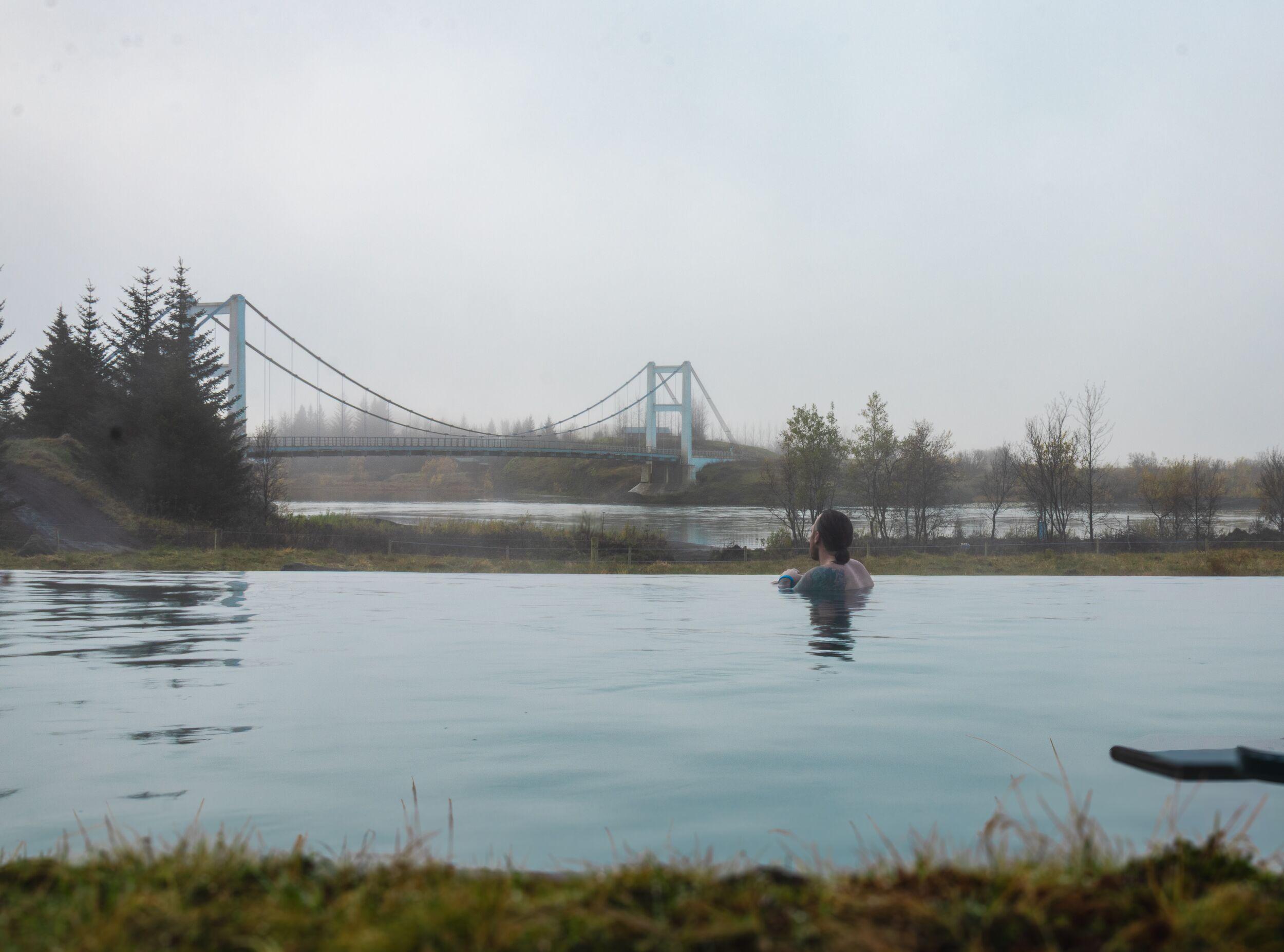
Golden Circle and Laugarás Lagoon Birki Admission
Begin your adventure with a relaxing soak in the geothermal waters of Laugarás Lagoon, a tranquil new spa in the heart of Iceland’s countryside. Then set off on a journey through the iconic Golden Circle, where you'll discover three of the country’s most breathtaking natural wonders: Gullfoss waterfall, the erupting hot springs of Geysir, and the historic rift valley of Þingvellir National Park.
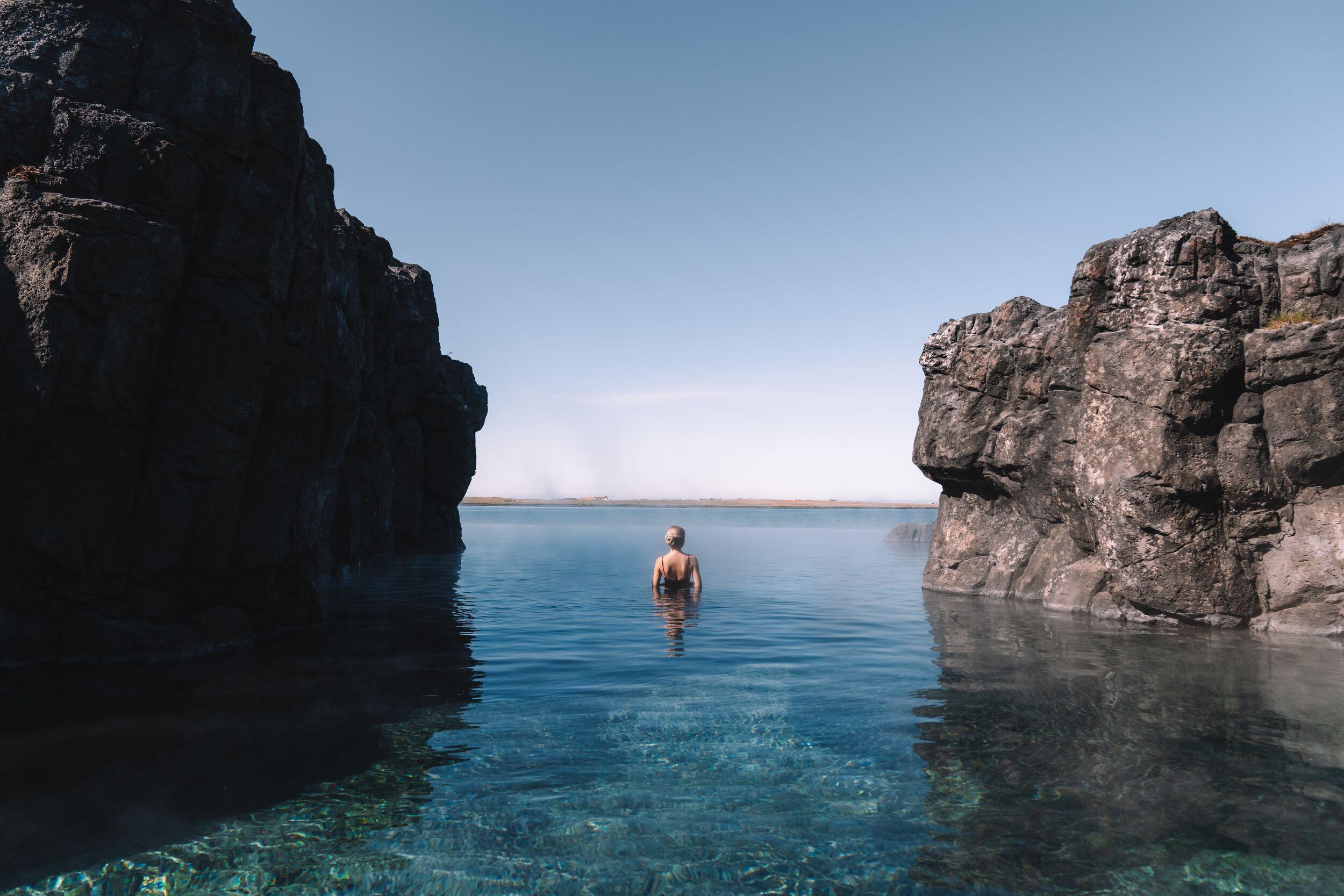
Volcanic Wonders with Grindavík Visit & the Sky Lagoon
Discover Iceland’s geothermal heart in the UNESCO-recognized Reykjanes Geopark, where continents meet and drift apart. Explore a vibrant geothermal area, hike to freshly-formed lava fields, and visit the resilient fishing village of Grindavík. This carbon-neutral journey ends with pure relaxation at Reykjavík’s Sky Lagoon, where you can soak in warm waters and unwind with a luxurious spa ritual.
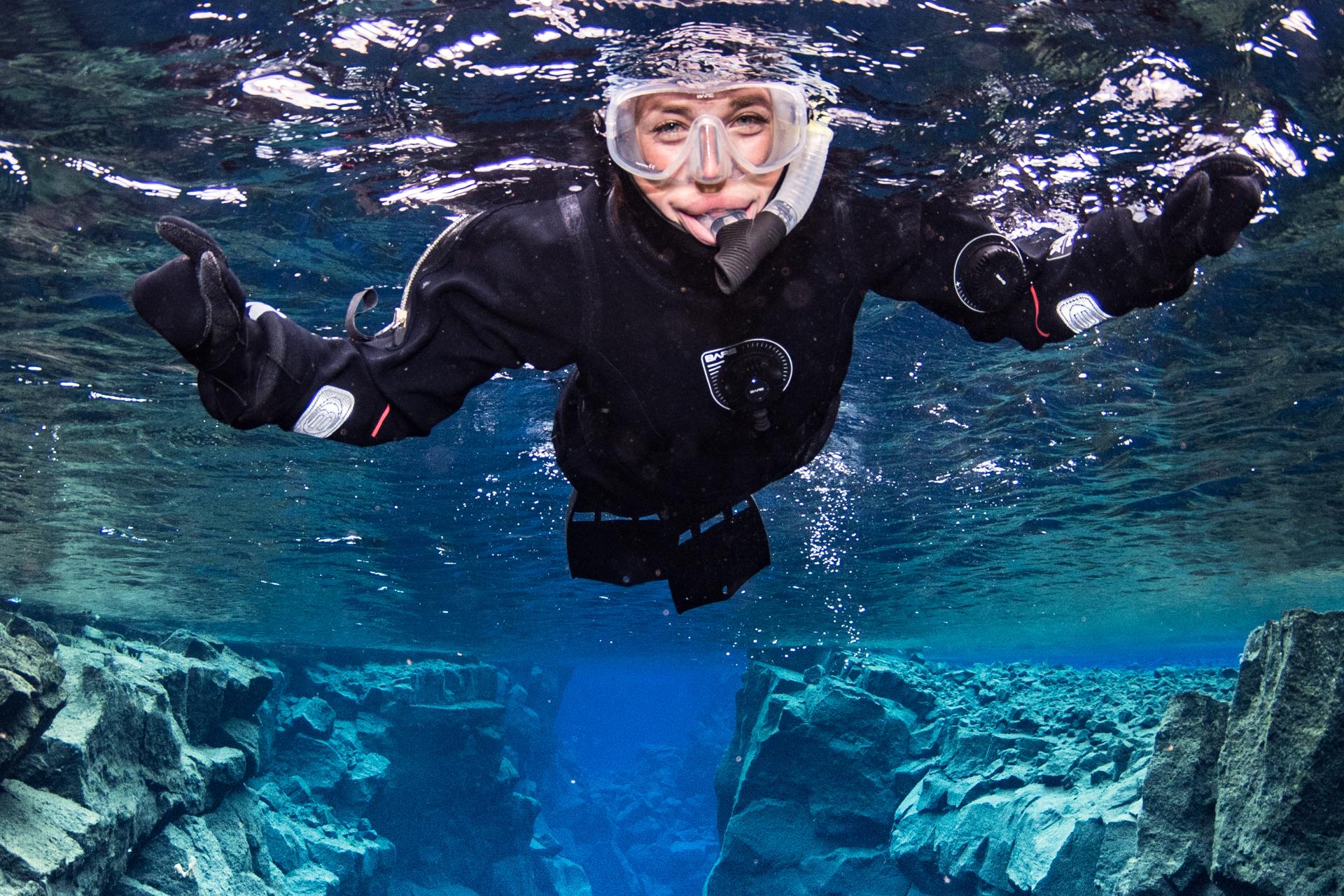
Snorkeling Silfra
Snorkel between the North American and Eurasian continental plates in this once-in-a-lifetime experience. The Silfra fissure in Þingvellir National Park is filled with glacial water that has been seeping through underground lava rocks for decades producing the clearest water on earth. The fissure allows for over 100 metres of visibility.

Iceland On a Budget - 7 days
Explore Iceland’s breathtaking landscapes, geothermal hot springs, and volcanic wonders on this 7-day (6 nights) Iceland on a Budget package. See the geysers and waterfalls of the Golden Circle, marvel at the black sand beaches of the South Coast, and discover Reykjavík’s cultural landmarks with a Hop-On Hop-Off city pass. Relax in the serene geothermal pools of Hvammsvík and step inside a real lava tunnel, where you’ll walk through Iceland’s volcanic history. With affordable travel, carbon-neutral transfers, and expert local guides, this package provides a budget-friendly way to experience Iceland’s best sights.
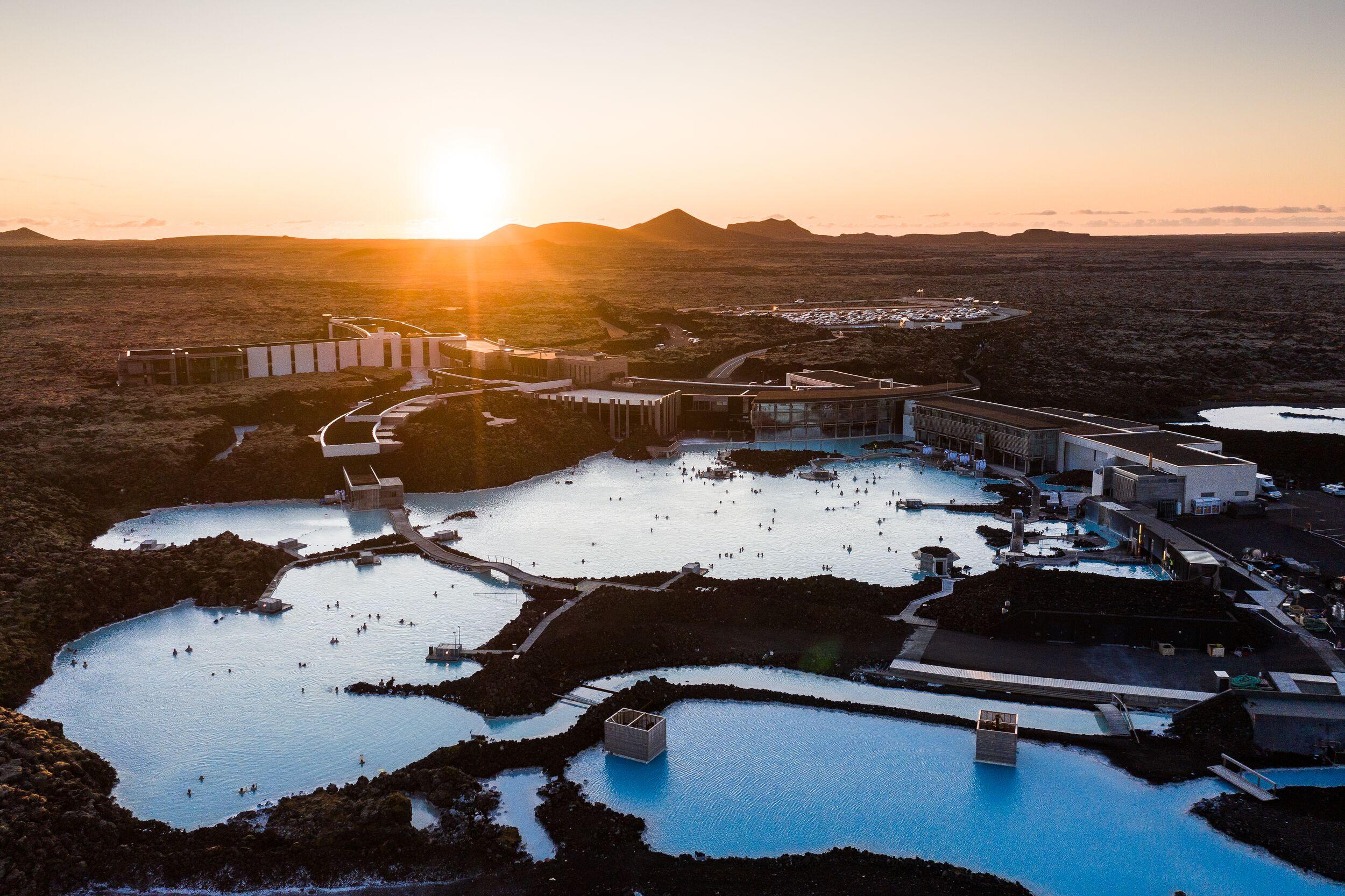
Volcanic Wonders with Grindavik Visit & the Blue Lagoon
Embark on a carbon-neutral journey through Iceland’s stunning volcanic landscapes. Enjoy a refreshing hike across a lava field, formed by recent eruptions, and then unwind with a soothing soak in the healing geothermal waters. This perfect combination of adventure and relaxation offers an unforgettable way to experience the raw power and serene beauty of Iceland’s natural wonders.


